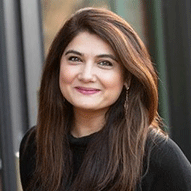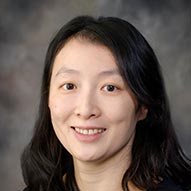Dallas
214-456-2740
Fax: 214-456-6898
Plano
469-303-0055
Fax: 469-303-0655
Migraines are a common headache disorder. But migraines can be more severe than a typical headache.
Children’s Health℠ offers one of the region's only clinics devoted specifically to pediatric headache disorders, including migraines. Our neurologists and pain management specialists are dedicated to giving your child an accurate diagnosis and developing an effective treatment plan to relieve pain.
214-456-2740
Fax: 214-456-6898
469-303-0055
Fax: 469-303-0655
A migraine creates intense head pain, and can cause nausea, sensitivity to light and sound, and avoiding activities. Even young children can have migraines, although they are more common in adolescents, occurring in up to 1 in 5 teenage girls. Most migraines last for a few hours, but sometimes they can last for days. Children who are suffering from migraines may often miss school or extracurricular activities.
There are three main types of migraines:
A common migraine is a headache that happens a few times a month.
A child with chronic migraines has more than 15 days with headache a month.
This is a more complex migraine where a child can have changes in their vision and feel numbness or weakness in their body.
Throbbing, hammering, hurting and drumming are common words children use to describe what their head feels like during a migraine. Children may be sensitive to light and sound and have a tendency to avoid activities. Some children might experience nausea, numbness or weakness in their body or changes in their vision.
Your child’s first visit to our Pediatric Headache Disorder Clinic is one-hour long. During this time, we’ll ask you and your child about their headaches, like how often they get them and when the headaches occur. We’ll ask about things that may bring on (or trigger) your child's headaches, and ask how things are going in your child’s life.
We can often make a diagnosis at the end of the first visit. For more complex cases, we might need to do testing, such as an MRI for images of your child’s brain.
Unfortunately, no one has been able to determine exactly what causes migraines.
You and your doctor will talk about which treatments are right for your child. Common treatments include:
Our team of neurologists and pain medicine specialists have helped hundreds of children manage migraines and will offer the best possible care for your child.




Migraines are offered triggered by:
We’ll give you and your child a list of the common migraine triggers and advice on how to avoid them at your appointment.
Every child who comes to see us leaves with detailed advice on how to treat avoid migraine triggers. Our goal is to help reduce or eliminate your child’s migraines. We want every child to live their daily lives without pain.
While some children outgrow their migraines, others continue to have migraines throughout their adult life.